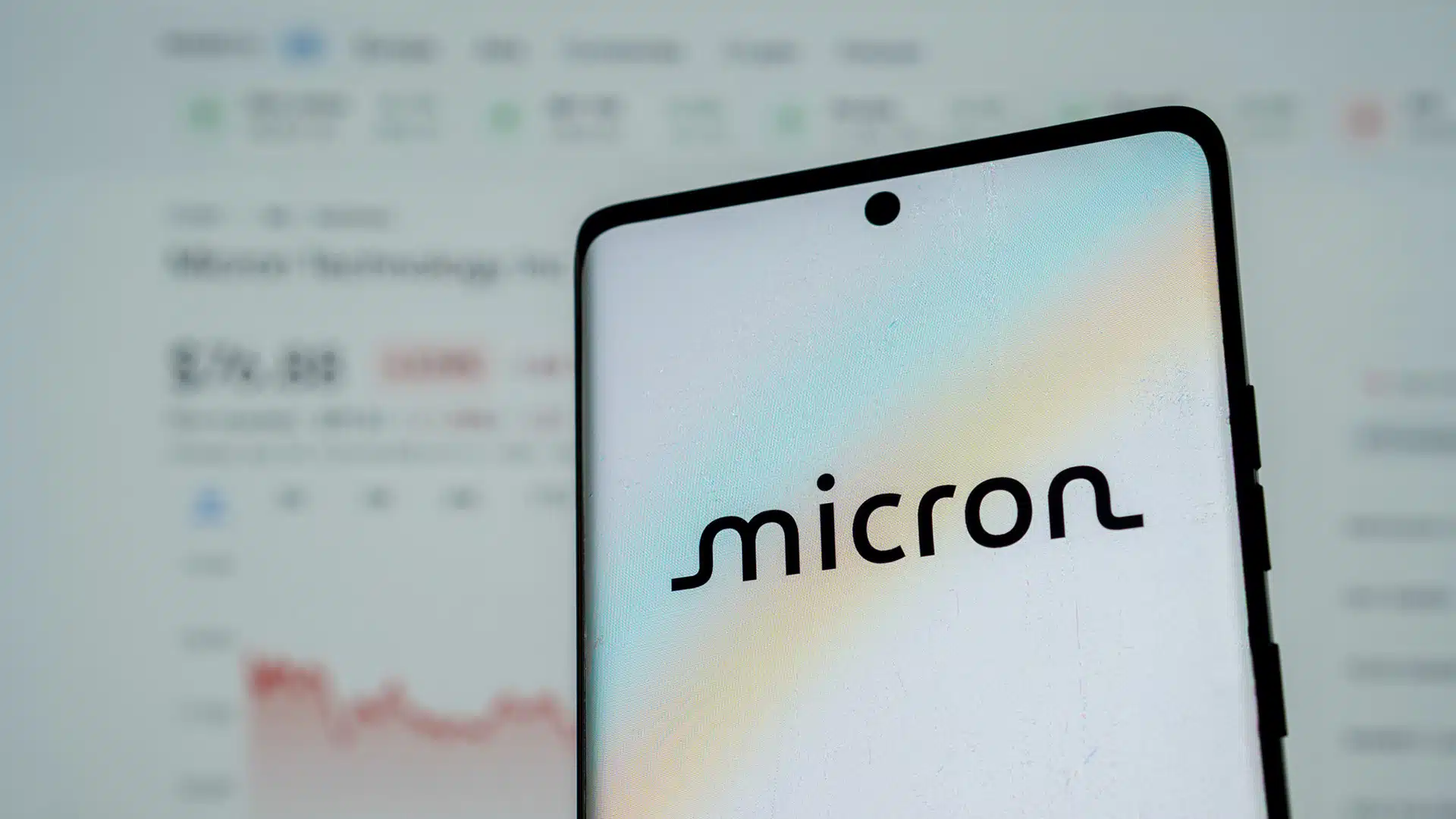Organizations have been inundated with inbound inquiries for a variety of reasons, including billing and administrative issues, customer and technical support reasons, and sales and general feedback questions. Naturally, as the number of inbound inquiries increases, so do the costs associated with handling them. In fact, according to several studies focused on contact center metrics, the average cost to handle an inbound telephone inquiry can range from about $5 to $7 per call, with labor costs accounting for the bulk of the cost.
Dash Research projects that the market for contact center software and services will reach $18.1 billion by 2026, increasing from $13.8 billion in 2019, reflecting a compound annual growth rate (CAGR) of 4%, according to Dash Research’s report, CX for Contact Centers. Contact center software is likely to be purchased by organizations that have adequate financial resources to deploy each year (as most contact center software is now being sold via an “as a service” subscription model. Additionally, companies that have a dedicated focus on improving the overall CX are also prime candidates for purchasing new technology, as they realize that single-channel, primarily voice-based CXs are rarely preferred by customers.
Most contact centers have been deploying artificial intelligence (AI) to address efficiency and speed issues that often make life more difficult for customers to handle self-service tasks, often using AI-enabled bots. However, contact center operators are increasingly seeking out software platforms and applications that include AI and other automation tools designed to support human agents as they work directly with customers, through voice, text, chat, or app-based modalities. A common approach is to deploy this technology to further empower agents with relevant customer data, product data, and successful objection- or conflict-resolution strategies to help them address customer demands in a more personalized and efficient manner.
The following scenarios demonstrate how the integration of AI, data integration, and other technologies can be used to assist CX agents when they interact with customers.
Provide customer authentication
All contact centers need to authenticate customers, particularly when dealing with sensitive or personal information, such as in healthcare or financial services. However, authentication can be time-consuming and frustrating for both agents and customers. Today’s contact center platforms increasingly are integrating or supporting the use of AI-driven, automated authentication technology, which can use biometric information (such as a caller’s voice print), or data-driven responses that are collected via an automated bot, to make the process of authenticating customers faster, more efficient, and more secure. Because automated systems keep humans out of the loop, errors can be minimized, and the person’s authentication keys (such as personal data) can be shielded from human agents, thereby reducing the potential for identity theft.
Serving up customer data
Automated data retrieval can be used to provide agents with relevant customer information before they even engage with the customer through the phone, app, or other channel. For basic service tasks, the CRM can be connected to the contact center platform, so that when a customer contacts the organization, the software checks the phone number against entries in the CRM for a match, which, if found, serves this information to the agent. More in-depth software, such as those that leverage a customer data platform, can also quickly serve up a record of previous interactions, purchases, and support tickets or issues, allowing the agent to be more informed when interacting with the customer. Some systems can also help agents cross-sell or upsell additional products, based on predictions rooted in past purchases, responses from marketing initiatives, or relevant promotions.
Providing context-relevant product information
One of the most challenging aspects of being a CX agent is the need to become familiar with the ins and outs of all products or services being offered within a specific line or product area. While agents should be trained on the key aspects of the products for which they are responsible, fine details may be forgotten, overlooked, or mis-remembered, thereby creating more confusion for customers. Contact center software can be deployed that pulls up relevant product details immediately when a product is mentioned by the customer or agent, and should be able to automatically highlight or direct the agent to commonly asked questions, often-overlooked features or limitations, or other relevant content about that product, so the agent doesn’t need to waste time hunting around for information.
Provide relevant policy materials
Many organizations have general policies in place for handling customer returns, escalating calls to next-level support staff, or providing refunds. However, for some scenarios or products, a more specific approach can be relevant (such as disallowing returns for certain products, such as consumables), or allowing a product return if a customer had previously contacted support a certain number of times, and still had not been able to resolve an issue. These types of condition-based policies can be tailored toward specific products, customer personas, or contact metrics, but each requires that data from relevant systems be capable of being served or accessed quickly, so the agent can provide a resolution without requiring approvals or escalations, which can take time and frustrate the customer.
Co-browsing or remote support options
Given that many customers prefer to interact through channels other than traditional telephone-based channels, contact center agents need to be able to utilize other tools that take advantage of newer channels, such as video and chat. Some contact center platforms support the use of collaborative browser sharing sessions, which provide support representatives view-only access to the customer’s browser, allowing them to better understand the end user’s issue and quickly guide them to a resolution. Some software also provides limited, task-specific control of the end user’s computer to handle specific tasks, thereby allowing customers to get support on their devices without needing to leave their home to visit an in-person service center.
Author Information
Keith Kirkpatrick is Research Director, Enterprise Software & Digital Workflows for The Futurum Group. Keith has over 25 years of experience in research, marketing, and consulting-based fields.
He has authored in-depth reports and market forecast studies covering artificial intelligence, biometrics, data analytics, robotics, high performance computing, and quantum computing, with a specific focus on the use of these technologies within large enterprise organizations and SMBs. He has also established strong working relationships with the international technology vendor community and is a frequent speaker at industry conferences and events.
In his career as a financial and technology journalist he has written for national and trade publications, including BusinessWeek, CNBC.com, Investment Dealers’ Digest, The Red Herring, The Communications of the ACM, and Mobile Computing & Communications, among others.
He is a member of the Association of Independent Information Professionals (AIIP).
Keith holds dual Bachelor of Arts degrees in Magazine Journalism and Sociology from Syracuse University.








